EU’s Criminal Energy Politics & Freezing of Nord Stream 2: A Mass Sacrifice to the Gods?

Note by Gospa News: On the cover image the frozen Nord Stream Gas pipeline (trough Russia and Germany) and the EU Commission Climate Czar Frans Timmermans during a past secret meeting in Brussels with George Soros, funder of Ukraine Coup on February, 2014
by Cynthia Chung
Cynthia Chung is the President of the Rising Tide Foundation (a non-profit organisation Cynthia co-founded with her husband journalist Matthew Ehret) and a writer at Strategic Culture Foundation, consider supporting her work by making a donation and subscribing to her substack page for free. This article was originally published on The Saker.
Links to Gospa News articles have been added by our Editorial Staff
Europeans are presently being told that the energy crisis they are entering, with natural gas prices now four times higher than last year, stems from a longer winter, competition with East Asian countries for gas, and problems on the supply end with delayed maintenance and less investment. These gas prices are in turn determining the price in electricity markets, since 1/5 of Europe’s electricity comes from natural gas.
According to this narrative, how do we stabilise this crisis and avoid it in the future? By accelerating the transition from fossil fuels to renewables and biofuels (often nuclear energy is not even mentioned as a zero carbon energy source).
We are told that it is the overreliance on natural gas and coal by Europeans and their slow transition to renewables and biofuels that is at the heart of this energy crisis.
NATO’s COUP IN UKRAINE: THE GENESIS – 2. Obama, Soros, MI6 & Kyiv Security Forum
This sentiment was given credence by the EU Commission in Brussels. EU Climate Czar Frans Timmermans declared in his opening remarks at the “Fit for 55” discussion on October 6, 2021:
“I want to say clearly, that had we had the Green Deal 5 years ago, we would not be in this position. Then we would have much more renewable energy of which the prices are consistently low and we would not be this dependent on fossil fuels from outside of the European Union.”
Thus, the EU has taken matters into its own hands and proposed “Fit for 55” in July 2021, a plan to reduce greenhouse gas emission by 55% by 2030. Under an accelerated legislative process, the plans may become law in 2022.
These plans are coinciding with another EU project titled “Farm to Fork” first proposed in May 2020, and according to the European Commission site is at the heart of the European Green New Deal. It is promoted as part of the sustainable energy approach for the future, and plans to reduce C02 emissions in food production, which ironically, is what is required to feed vegetation and agriculture.
There is a lot of controversy around “Farm to Fork” because it intends to impose specific approaches to agriculture, including such technologies as genetic modification (which are to replace fertilisers which are now deemed not part of the Green Agenda since they require energy for their production).
There is a lot to go through here. Let us first start with Timmermans assertion that had the Green Deal been implemented 5 years ago, Europe would not be in the energy crisis it is in today.
The ABCs in Energy
It has become a common theme for political leaders to not accept responsibility for the consequences that their citizens are forced to live, or rather suffer, through. If we were to take Timmermans’ statement as an honest one, why then were countries pressured to downsize their non-renewable energy sources before the renewables were theoretically plentiful enough to responsibly supply energy needs?
That is, the claim that Timmermans is making is either delusional or criminally incompetent no matter which way you look at it.
Either Timmermans is delusional because renewables do not have the ability to compensate for nuclear, natural gas, and coal or he is criminally incompetent since amidst an energy crisis, he does not admit his role as EU Climate Czar for putting Europeans in such a dangerous position.
He does not admit that cutting down on non-renewable energy before a sufficient capacity of renewable energy is online will cause a devastating energy crisis, a crisis that is now seriously impacting food production.
According to this Bloomberg article from January 2021, the world invested unprecedented amounts in low-carbon assets in the year 2020, a record $501.1 billion, beating the previous year by 9% despite this overlapping with the COVID-19 pandemic.
Head analyst of BloombergNEF (BNEF) reported: “Our figures show that the world has reached half a trillion dollars a year in its investment to decarbonize the energy system. Clean power generation and electric transport are seeing heavy inflows, but need to see further increases in spending as costs fall… We need to be talking about trillions per year if we are to meet climate goals.”
According to this other Bloomberg article, private equity has been in the process of ditching fossil fuels since 2017. That is, serious investment into transitioning towards green energy started 5 years ago, the magic number Timmermans referenced to as if it wasn’t actually happening.
What both graphs demonstrate is that there has been bountiful funding into “acceptable” green energy, in fact, trillions. But apparently, this is not enough before we start to see an actual payout in energy supplies.
Mark Carney, former governor of the Bank of Canada, former director of the Bank of England, and now the UN Special Envoy for Climate Action and Finance, announced at COP26 that an “estimated $100 trillion of investment [would] be needed over the next three decades for a clean energy future.” That is an incredible amount of money.
There are several issues with this statement. Why does this clean energy market require such an exorbitant amount of financing? For countries that cannot afford these costs, what are they expected to do? Why are we being told that it will not be until three decades from now that we will see the energy market stabilised? And why are non-renewable energy supplies being rapidly taken down, such that nuclear will be non-existent in countries like Germany in one year’s time, if the timeline to be fully operational using green energy is 30 years from now? Where is the energy going to come from in the meantime, during this so-called transition phase?
Let us start with the exorbitant cost. A major factor to this is because these acceptable Carney approved green energies have a lower capacity factor than non-renewables, most notably than that of nuclear.
Capacity factor measures the actual generation of energy compared to the maximum amount it could potentially generate in a given period without any interruption.
Therefore, when you hear things like x number of solar plants or wind turbines can generate the same amount of energy as one nuclear plant, be wary, since they are using the maximum potential energy output (i.e. sunny all 24hrs of a day with no clouds, high winds 24/7) rather than factoring in the capacity factor. What a nuclear plant promises, it delivers. This is not the case with wind and solar, the effects of which we are seeing in Europe presently. (For those who are afraid of nuclear because of Fukushima refer here.)
Note, in the above image solar panels are shown to have a maximum capacity factor of 24.9% but that is really quite generous. Depending on the solar panel you are using, the capacity factor typically ranges from 17% to 23%. Wind also has a capacity factor that often is lower than the generous 35.4% shown above. In the case of Ontario, Canada wind energy’s capacity factor averages 27%. (Also, according to the Department of Energy’s Energy Information Administration, in 2009, the average capacity factor for coal plants was 63.8%).
What this means, is that if your country requires x GW of energy to sustain itself, and if you are using solar or wind at a capacity factor of 25%, then you would need to build 4x the number of solar or wind plants than what you would theoretically need in order to receive 100% of that promised energy output (i.e. the potential maximum energy output they use to promote their products as competitors to non-renewables).
Thus, when claims are made that solar panels are the cheapest form of energy, they are not accounting for the capacity factor, and at best the cost is actually 4x and at worst 6x what they are actually claiming on paper.
Both solar and wind also have the extra cost of battery storage and a fully functioning energy grid for periods where there is no solar and wind activity.
Energy Returned on Investment, or EROI, is the ratio of energy returned to energy invested in that energy source, along its entire life-cycle. When the number is large, energy from that source is easy to get and cheap. However, when the number is small, the energy from that source is difficult to get and expensive. The break-even number for fueling modern society is about 7.
Note here that according to EROI, solar PV and biomass do not even make the cut, you are putting more energy in than you are receiving back. As we have seen so far, nuclear is the most efficient and cost effective zero-carbon energy source.
Germany boasts of 45% gross renewable energy but this is not telling the full story. In a 2021 study, The Frauenhofer Institute estimated Germany must install at least 6-8x present solar capacity in order to reach 100% carbon free goals by 2045, with estimated costs reaching into the trillions.
The report says that the present gross 54 GW solar capacity must increase to 544 GW by 2045. That would mean a land space of 3,568,000 acres (1.4 million hectares), which is more than 16,000 square kilometers of solid solar panels across the country. This is not even including all the wind stations. Farmland and forests will be destroyed and paved, all for so-called environmentally friendly though unreliable and incredibly expensive solar and wind renewables.
In the midst of major food shortages, due to the energy crisis which has reduced fertiliser production, Europeans are also being told that they need to severely cut down on farmland to make way for the new farms of solar panels and windmills. In addition, solar panels present a very serious toxic waste situation with no readily available solutions, unlike the case of nuclear.
The International Renewable Energy Agency (IRENA)’s official projections assert that “large amounts of annual waste are anticipated by the early 2030s” and could total 78 million tonnes by the year 2050.
Harvard Business Review reported:
“If early replacements occur as predicted by our statistical model, they can produce 50 times more waste in just four years than IRENA anticipates. That figure translates to around 315,000 metric tonnes of waste, based on an estimate of 90 tonnes per MW weight-to-power ratio.
Alarming as they are, these stats may not do full justice to the crisis, as our analysis is restricted to residential installations. With commercial and industrial panels added to the picture, the scale of replacements could be much, much larger.”
The Harvard Business Review adds that the solar industry does not actually have a plan to deal with the massive amount of toxic waste that nations will have to deal with 10 years from now, adding that although the financial incentive for funding the production of solar panels is high, there is little “financial incentive” in figuring out what to do with the waste.
Harvard Business Review writes:
“By 2035, discarded panels would outweigh new units sold by 2.56 times. In turn, this would catapult the LCOE (levelized cost of energy, a measure of the overall cost of an energy-producing asset over its lifetime) to four times the current projection. The economics of solar — so bright-seeming from the vantage point of 2021 — would darken quickly as the industry sinks under the weight of its own trash.”
Thus, again there are massive hidden costs in solar panels that presently do not account for the cost of managing its own waste at astronomical prices.
But the fallbacks do not end there.
Europe and North America will require huge volumes of steel and concrete to build the expected millions of solar panels and wind farms. How are the materials steel and concrete produced? By coal and nuclear energy. Steel and concrete production is so energy intensive that solar and wind energy are not actually sufficient to produce their own parts.
Not only this, but these unreliable renewables are consuming a massive quantity of energy for their mass production, amidst an energy crisis that does not show any end in sight. Food production has already drastically decreased due to the shortage of fertiliser (that requires energy for its production). Is food production expected to continue to plummet so that we can build these massive unreliable solar and wind farms with increasingly no significant alternative energy source, other than hydro, to fall back on?
Are Europeans expected to starve for this “clean energy future”?
Fit for 55: Some Study Cases
In 2002 German nuclear power was the source of 31% of that nation’s carbon-free electric power.
In 2011 when Chancellor Merkel declared her Energiewende, to phase out nuclear in favor of renewables, 17 nuclear plants reliably supplied 25% of all electric power to the country.
Merkel’s Energiewende claimed that Germany could attain 100% renewable electricity generation by 2050. However, there was never an intention that Germany would ever be self-sufficient in its energy production. The study by Martin Faulstich and the State Advisory Council on the Environment (SRU) argued that Energiewende would work because Germany could contract to buy surplus, carbon-free, hydro-electric power from Norway and Sweden.
However, hydropower reserves of Sweden and Norway (after a dry and hot summer) are dangerously low coming into this winter and are operating at only 52% capacity. That means that the level of electricity exported to Denmark, Germany and most recently the UK are likely going to plummet. In addition, Sweden is contemplating shutting its own nuclear plants which provide 40% of Swedish electricity. If Sweden decides to shut down its nuclear, it will no longer be able to supply the energy needs of these other European countries. What then?
Despite all these uncertainties shaping Europe’s energy crisis, on December 31, 2021 the new German coalition government shut down 3/6 of their nuclear power plants permanently. Incredibly, they have decided to do this amidst a devastating energy crisis, such that a severe cold front could lead to power blackouts. Because of the German government’s hesitancy to use Nord Stream 2, Germany is now facing a 500% increase in the spot price of electricity compared with January 2021. The remaining 3 nuclear plants are scheduled to close by the end 2022.
Germany has also been cutting down on its coal generation. Since 2016 it has closed 15.8 GW of coal generation. To make up for the inadequacy of solar and wind energy output, Germany’s electric grid must import a massive amount of electricity from France and the Czech Republic, ironically much of it from their nuclear plants. Germany today has the highest electricity cost of any industrial nation as a result of the Energiewende.
And as of writing this paper, February 22, Chancellor of Germany Olaf Scholz has just announced the freezing of Nord Stream 2 as a “punishment” to Putin’s recognition of the independence of the regions of Donetsk and Luhansk in formerly eastern Ukraine on February 21.
Who does Scholz think he is really punishing here?
We can now clearly see that Germany, which is the country hardest hit by the energy crisis in western Europe, was the earliest country to start its green transition.
Contrary to what Mr. Timmermans is claiming of what the situation would be if countries made the transition to green energy 5 years ago, Germany started its green transition 11 years ago and the verdict is plain for everyone to see. They are the least sovereign in their energy self-sufficiency and they are paying the highest prices for their basic energy usage.
Bizarrely, when Germany’s Federal Minister for Economic Affairs and Energy Peter Altmaier made an investment deal with China in January 2021 around green hydrogen energy, there was criticism from the United States as to why Altmaier did not wait for Biden’s inauguration before signing such a deal!
Apparently, Germany does not have the right to decide any of its energy policies, even if they are green.
US GAS NIGHTMARE! Biden Taps Oil Reserves in Bid to Tamp Down rising Energetic Supplies Prices
Carney’s Net Zero Banking Alliance
At COP26, UN Special Envoy for Climate Action and Finance Mark Carney was pleased to announce that more than 450 firms representing $130 trillion USD in assets (40% of the world’s financial assets) now belong to the Glasgow Financial Alliance for Net Zero (GFANZ).
Carney also announced that Michael Bloomberg would be the UN Special Envoy on Climate Ambition and Solutions and Race to Zero Ambassador.
It is in fact Carney’s approach to financing green energy that is the greatest factor in causing the price increase in non-renewable forms of energy.
Mark Carney, former director of the Bank of England, has called for a “net zero banking alliance” in which banks have agreed not to lend to producers but only to put funds into the green bubble, the carbon bubble and so on. As a result, future energy production will drop even though there are ample resources available, creating further artificial scarcity.
DIGITAL COLONIALISM – 1. Covid Endgame: Cyberwar Simulacra in an Upside down World
In an interview with the Washington Post, Mark Carney stated that private banks in the financial sector must produce a change in the plumbing of the financial system in order to push liquidity into the speculative bubble while cutting investments to the productive economy. Carney said climate change must become the “fundamental driver of every investment decision or lending decision.”
In other words, either you go along with the green program (that ignores nuclear as green) or you don’t get credit. Which is a policy that will, and is, quite predictably driving up energy prices.
This policy of Mark Carney has already caused the bankruptcy of several energy companies across Europe, and there has been no correction to this policy despite Europe being in an energy crisis.
Blackrock and other global money trusts have forced energy investment away from oil, gas and coal to buildup solar and wind. They call it ESG (Environmental, Social, Governance) investing. ESG investment has been booming on Wall Street, the City of London, and other world financial markets ever since BlackRock CEO Larry Fink joined the Board of the Klaus Schwab World Economic Forum in 2019.
ESG investing works by setting up ESG certifying companies that award ESG ratings on stock companies and financially punish those who do not comply with the ESG demands. The rush into ESG investing has made billions for Wall Street and the City of London. It has also put a damper on future development of oil, coal or natural gas for most of the world.
This is not a plan for a gradual transition to solar and wind power. This is a rapid gutting of all other energy sources before there is an ability to provide the promised energy payout we are told we will see with solar and wind, which ironically need coal and nuclear energy for their production.
At the rate that they are closing all other competing energy sources, it does not look like even the production demands for wind and solar farms can be met, there will simply be not enough energy to do anything.
The consequence of these actions should be plain for anyone to see. The goal of the UN 2030 “sustainable” energy is now crystal clear. It is a move towards population reduction on a massive scale.
Farm to Fork: The Big Brother of Agriculture
In the UN Agenda 2030, 17 sustainable goals for 2030 are outlined, including “sustainable agriculture.” However, when looked at closely, the regulations they are looking to impose will destroy a huge part of EU agriculture production and drive already rising global prices for food far higher. This “Farm to Fork” strategy is being backed by Klaus Schwab’s World Economic Forum and is part of their proposed Great Reset.
Keep in mind that “sustainable” as defined by the UN and Davos World Economic Forum means achieving Zero Carbon emissions by 2050. It does not mean that food production will be at levels sufficient to feed people around the world, or that food prices will be affordable. It also does not mean that the foods themselves will be safe for consumption.
Europe is the world’s second most important food producer. Thus, whatever the EU becomes beholden to will have massive global effects.
In the “Farm to Fork” Agenda, they state that present food systems need to be “redesigned” in order to lower global GHG (Green House Gas) emissions, consumption of natural resources and protect biodiversity and health. Thus, “new technologies and scientific discoveries” will need to be introduced, though the details as to what sort of “technologies” and “discoveries” is being kept purposefully vague.
How are the unelected officials in Brussels planning to reduce 1/3 of GHG emissions by 2050? Very similarly to how they are dealing with the non-renewable energies. They intend to bankrupt these farmers by demanding new costly inputs to production and radical new genetic manipulated patented plants with unproven safety. In other words, the Monsanto doctrine has now become the Big Brother of Agriculture.
There are many documented cases of farmers being sued by Monsanto because a neighbouring farm was using Monsanto’s patented seeds that would at some very predictable point land on the plot of a neighbouring farm. This is what seeds do, they are dispersed by the wind. However, incredibly, Monsanto set a legal precedent whereby farmers could be sued for having Monsanto seeds growing, unbeknownst to them, amongst their crop. How is any farmer, with open farmland, supposed to protect themselves from such a predicament? They cannot. The only choice is to also purchase the exorbitantly priced and self-sterilizing Monsanto suicide seeds every year.
The extremely well-done documentary titled “Kiss the Ground” (2020), explains how Monsanto bankrupted small farmers and forced remaining farmers to predominantly adopt the Monsanto diktat which led to increasingly lower yields per annum. It was clear that the promises Monsanto claimed in revolutionising agriculture were more destructive than anything. This documentary also goes through how our understanding of C02 in the natural cycle of vegetation ecosystems and agriculture is presently severely misunderstood.
“The Cattle Site” writes referring to the report released on November 2, 2020, by the USDA’s Economic Research Service on the potential economic and related impacts of the European Commission’s proposed Farm to Fork and Biodiversity strategies:
“Rarely has a report been so careful to avoid saying what it has to say: whatever the scenarios considered, the effect of these strategies will be an unprecedented reduction of EU production capacity and of its farmers’ income. The largest part of the reduction in agricultural emissions achieved through these strategies will be erased by a sustainability leakage to third countries resulting from this loss in production.
…Whatever the scenario considered, all sectors show declines in production of 5% to 15%, with the livestock sectors being the most heavily impacted. The changes in production would lead to a decrease in net export positions for cereals, pork and poultry, and to a worsening in the EU trade deficit for oilseeds, fruits and vegetables, beef, sheep and goat meat. Meanwhile, whatever the scenario, production prices show a net increase of around 10% with a negative impact for most farmers’ incomes.
However, the most important point of the report from Copa and Cogeca’s [the EU farming union] perspective is on the expected effects of this strategy: the report shows that the Farm to Fork and Biodiversity strategies coupled with the new CAP could help in delivering a 28.4% reduction in GHG emissions from the agricultural sector by 2030. This makes some environmental NGOs say that these strategies will deliver the expected result. This is stopping halfway through the reasoning. One major finding of the report is that more than half of the expected GHG reduction in all scenarios are substituted by equivalent GHG emissions increases in third countries.”
Incredibly, the promised reduction in GHG emissions will be simply transferred over to third world countries, thus the entire premise for forcing these Draconian agricultural regulations will not even achieve its sustainable goals for 2030, let alone 2050.
That is, they are not actually planning on achieving their so-called zero carbon sustainability objectives, yet, are predictably creating a food shortage with increased prices and further centralisation of food production, by bankrupting small farmers.
Again, we see a contingent to the Green New Deal plan, when looked at more closely, is not a feasible plan, that is, there will be a breakdown before it ever reaches its proposed objectives.
Perhaps that was the point all along…
Back to the Future
In the May 1990 issue of WEST magazine, Maurice Strong (architect of UN Agenda 21, Undersecretary of UN, co-founder of the World Economic Forum, Secretary General of the June 1972 Stockholm Earth Day Conference, and trustee of the Rockefeller Foundation) gave an interview titled “The Wizard of the Baca Grande.” On the last page of this interview is written the following:
“Strong tells me he has often wished he could write. He has a novel he’d like to do. It’s something he has been thinking about for a decade. It would be a cautionary tale about the future. Each year, he explains as background to the telling of the novel’s plot, the World Economic Forum convenes in Davos, Switzerland. Over a thousand CEOs, prime minsters, finance ministers, and leading academics gather in February to attend meetings and set economic agendas for the year ahead. With this as a setting, he then says: ‘What if a small group of these world leaders were to conclude that the principal risk to the earth comes from the actions of the rich countries? And if the world is to survive, those rich countries would have to sign an agreement reducing their impact on the environment. Will they do it?’…The man who founded the United Nations Environment Program and who wrote parts of the Brundtland Report and who in 1992 will try to get the world’s leaders, meeting in Brazil, to sign just such an agreement, savors the questions hanging in the air. Will they do it? Will the rich countries agree to reduce their impact on the environment? Will they agree to save the earth?
…Strong resumes his story. ‘The group’s conclusion is “no”. The rich countries won’t do it. They won’t change’… [Thus] ‘This group of world leaders,’ he continues, ‘form a secret society to bring about an economic collapse…They have positioned themselves in the world’s commodity and stock markets…in order to save the planet, the group decides: isn’t the only hope for the planet that the industrialized civilizations collapse? Isn’t it our responsibility to bring that about?’”
Thus, the question is, are you willing to be sacrificed to the false gods of the WEF’s Green Agenda?
Cynthia Chung
Subscribe to Through A Glass Darkly
Cynthia Chung is the President of the Rising Tide Foundation and a writer at Strategic Culture Foundation, consider supporting her work by making a donation and subscribing to her substack page for free. This article was originally published on The Saker.
Subscribe to get full access to the weekly newsletter of Cynthia Chung’s writings on Through A Glass Darkly. Also visit Rising Tide Foundation a non-profit organisation Cynthia co-founded with her husband Matthew Ehret, based out of Montreal Canada dedicated to the enhancement of cross-cultural understanding and dialogue between east and west. Rising Tide Foundation works to facilitate greater bridges between east and west while also providing a service that includes geopolitical analysis, research in the arts, philosophy, sciences and history.
Links to Gospa News articles have been added by our Editorial Staff

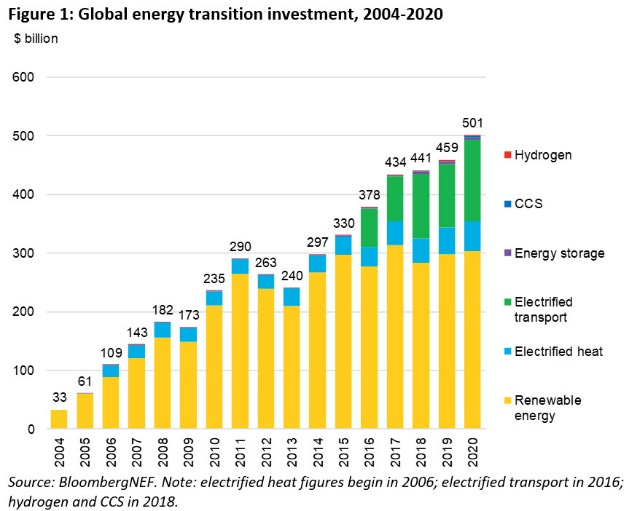
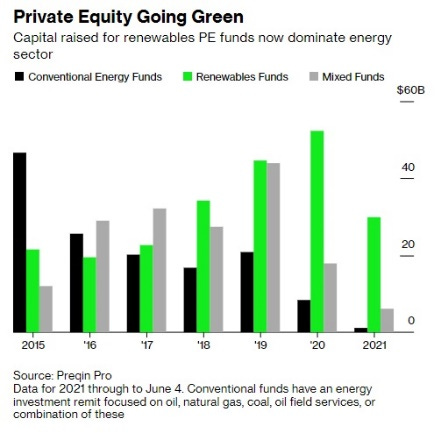


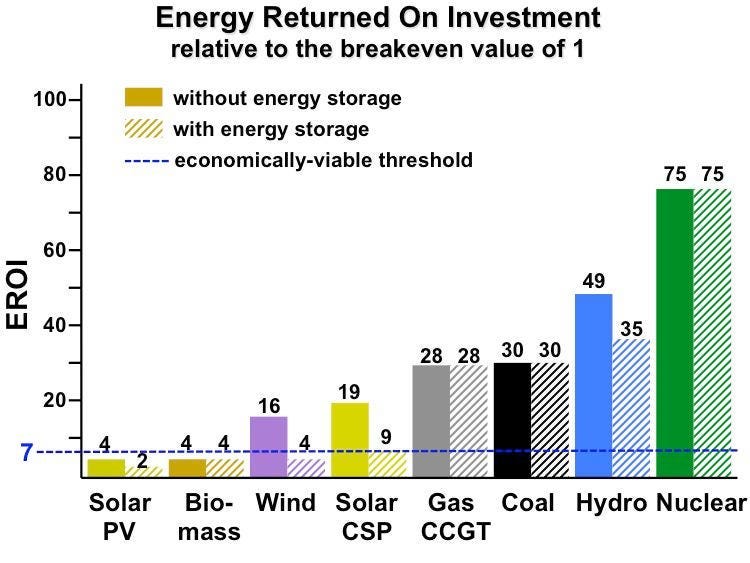
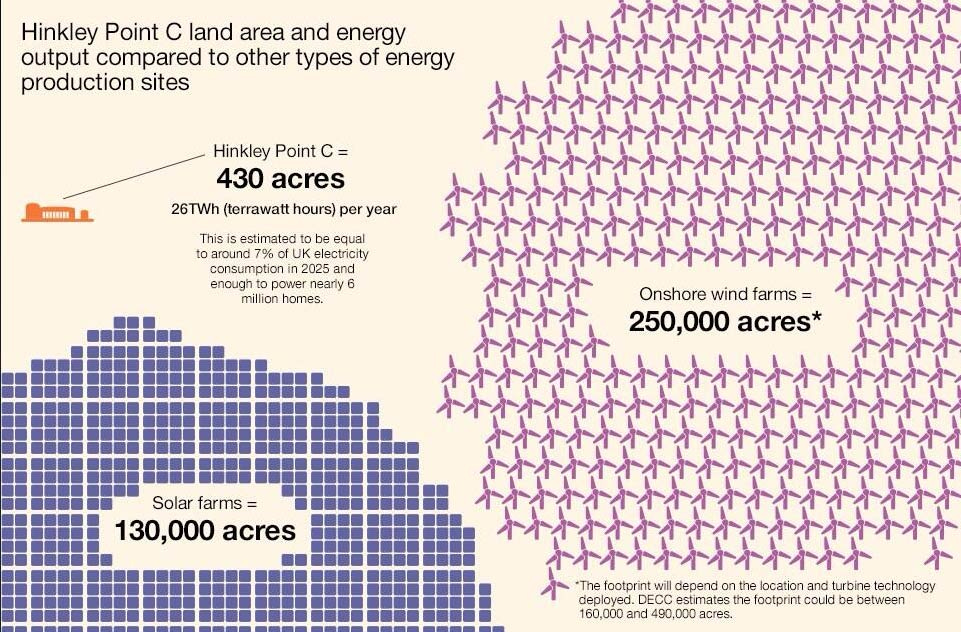
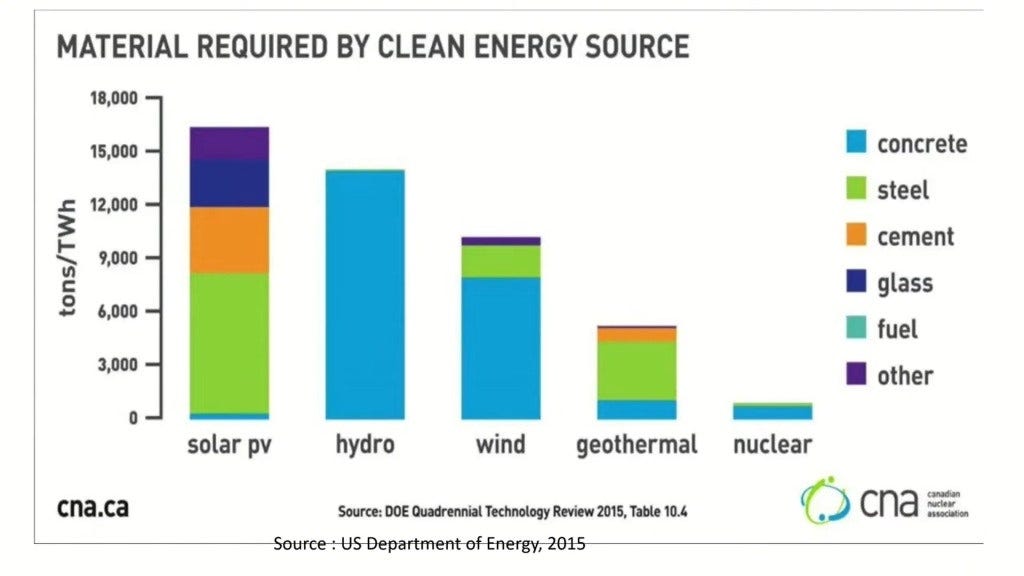



4 pensieri su “EU’s Criminal Energy Politics & Freezing of Nord Stream 2: A Mass Sacrifice to the Gods?”